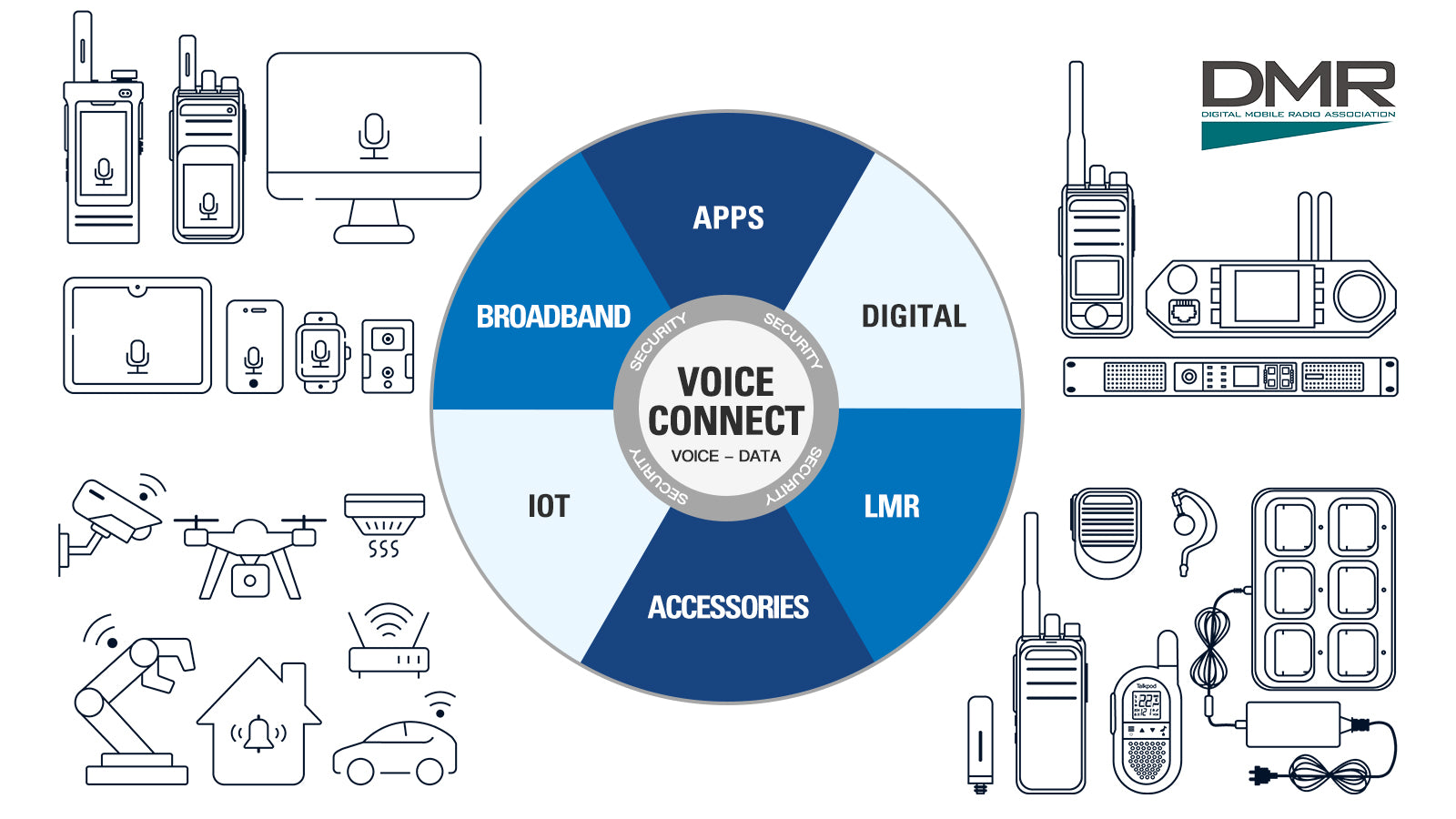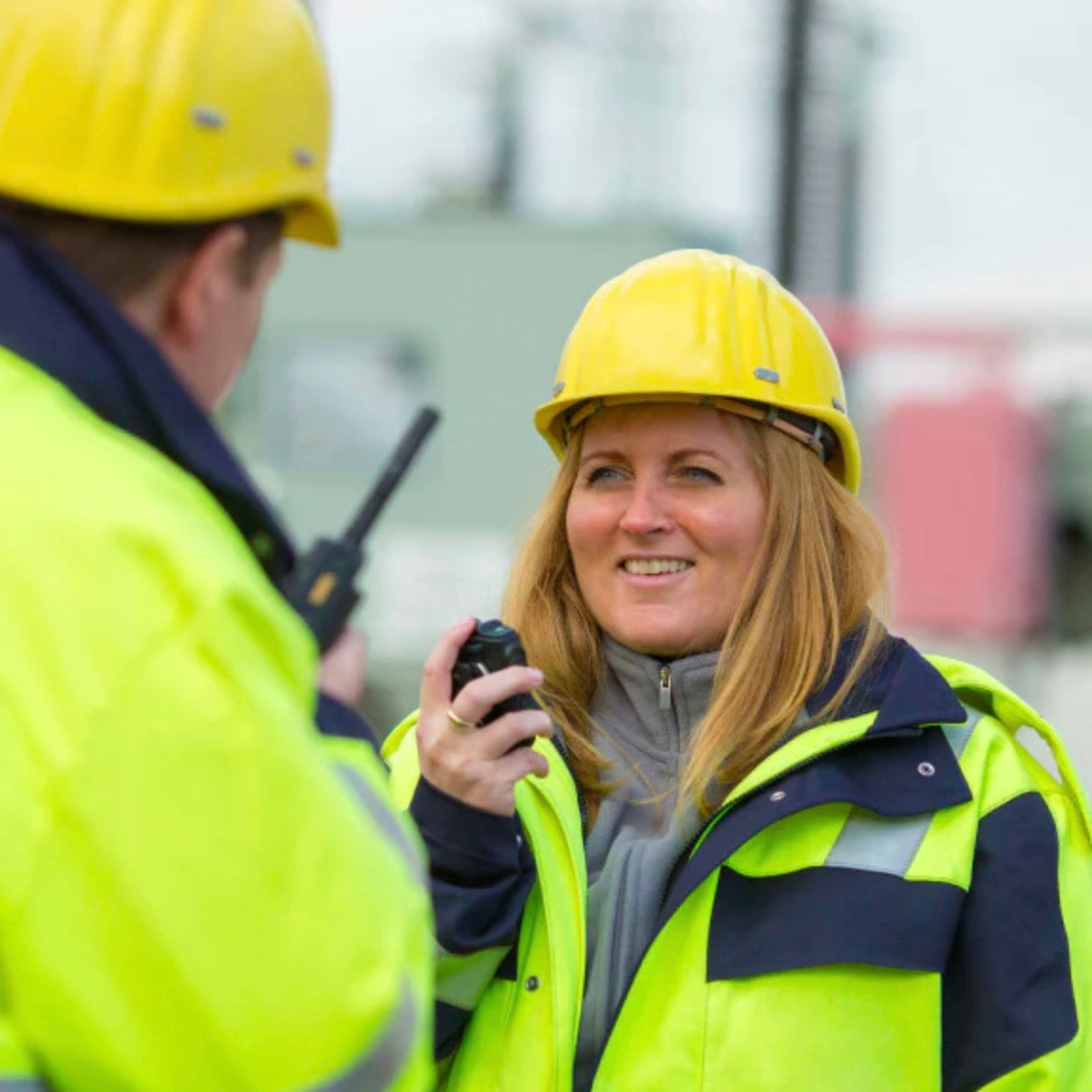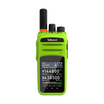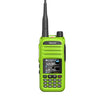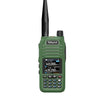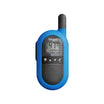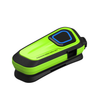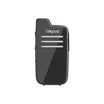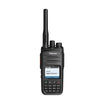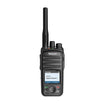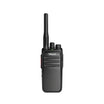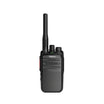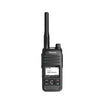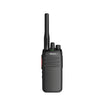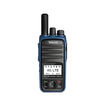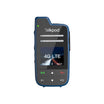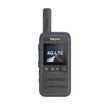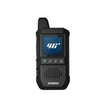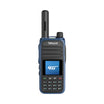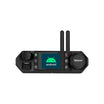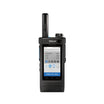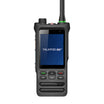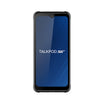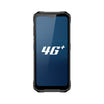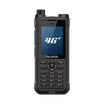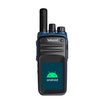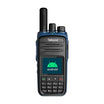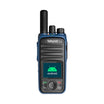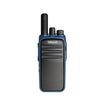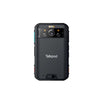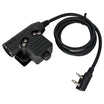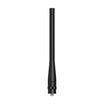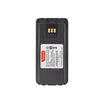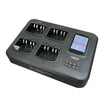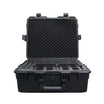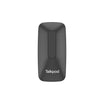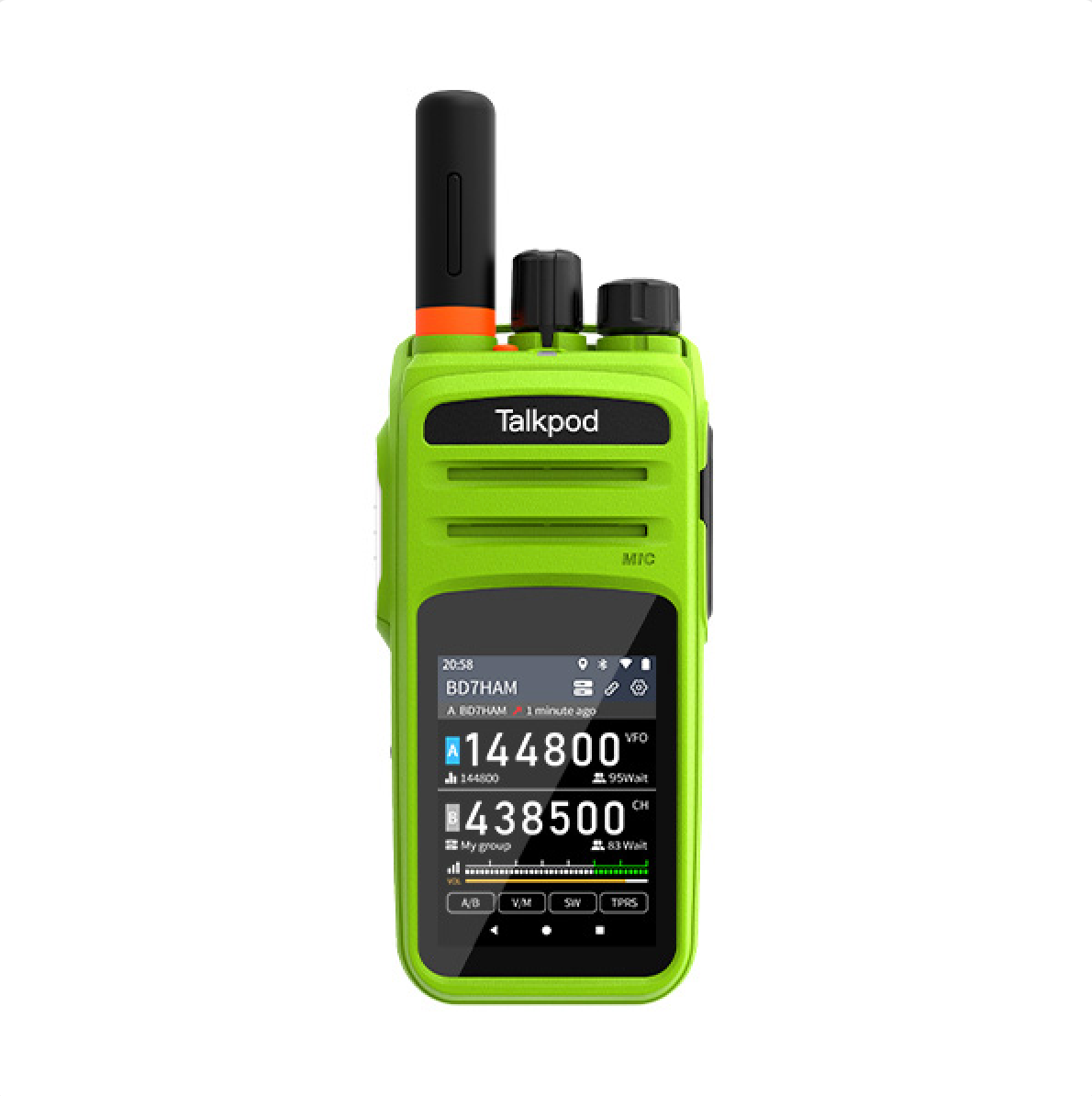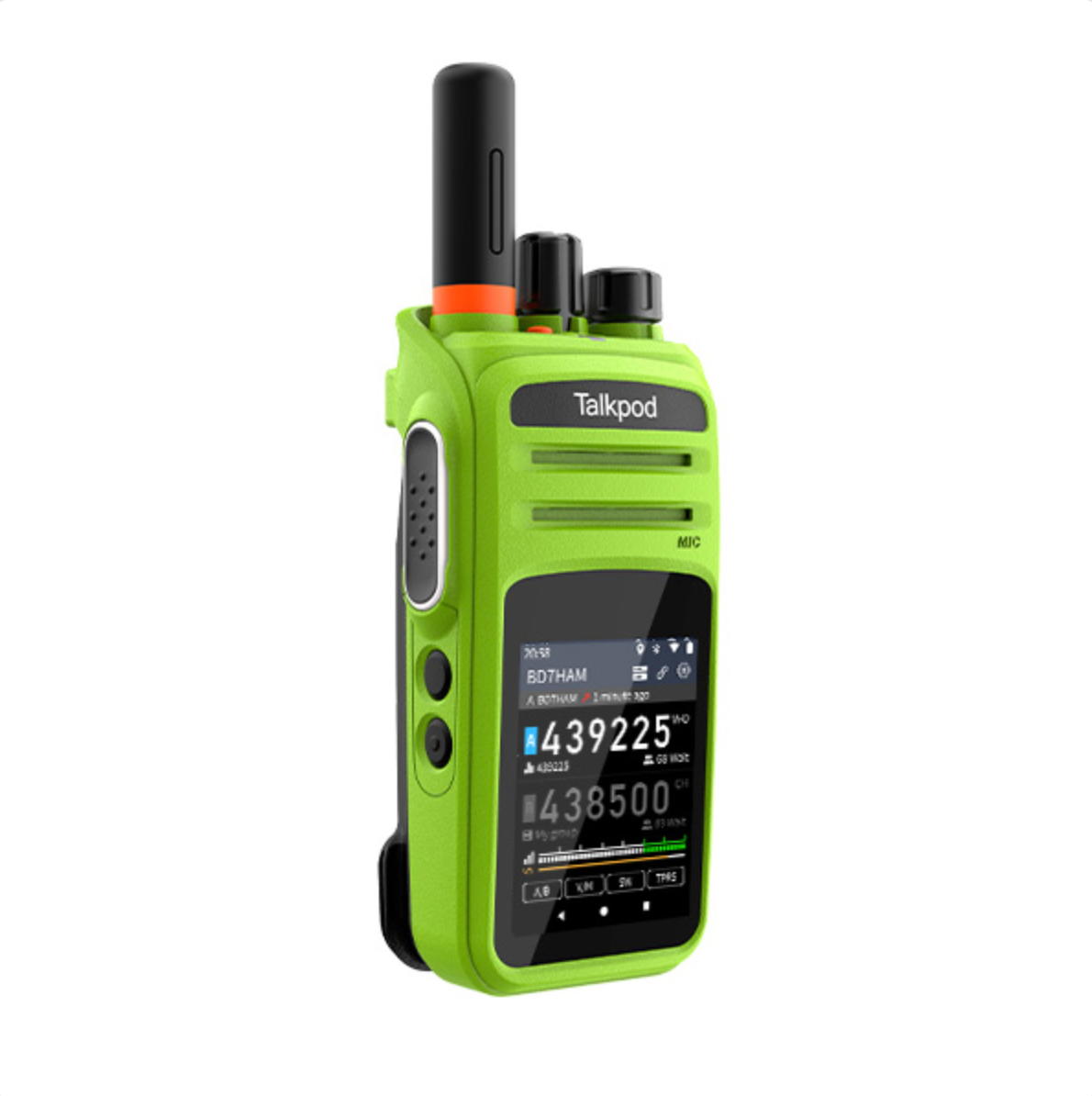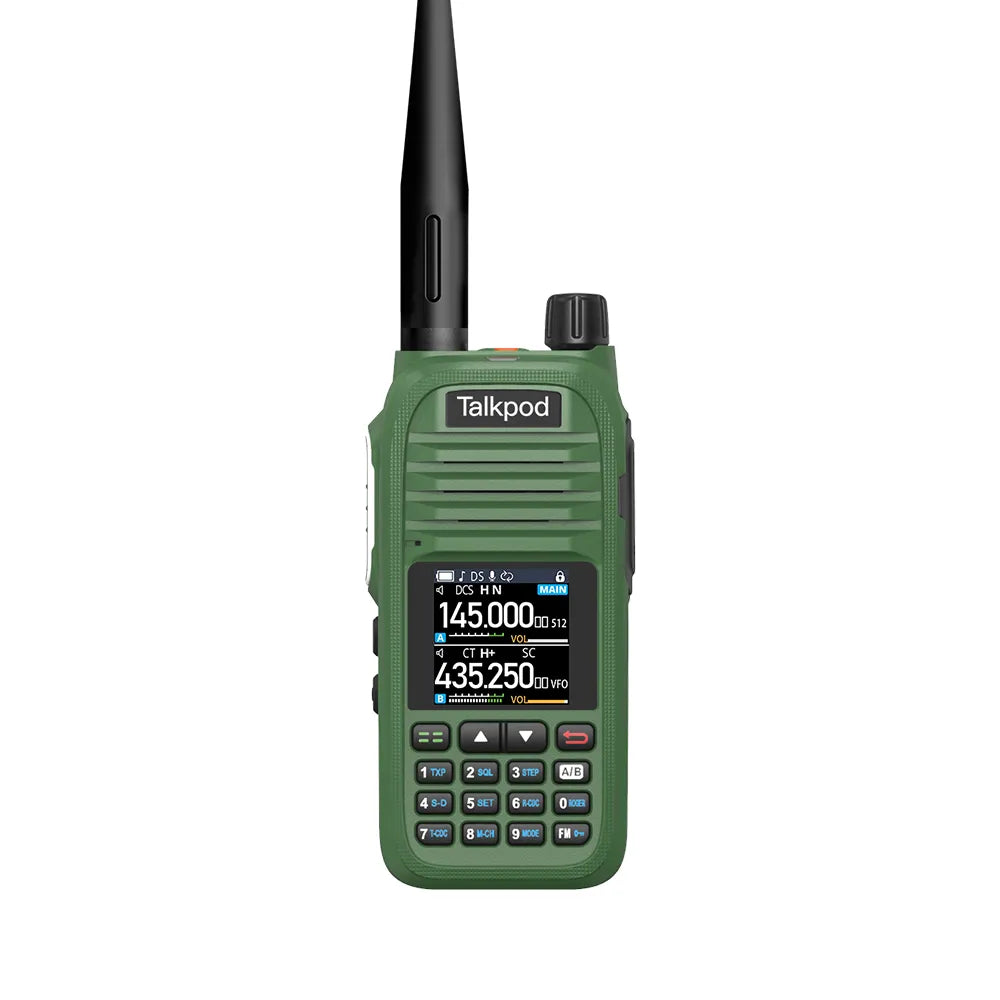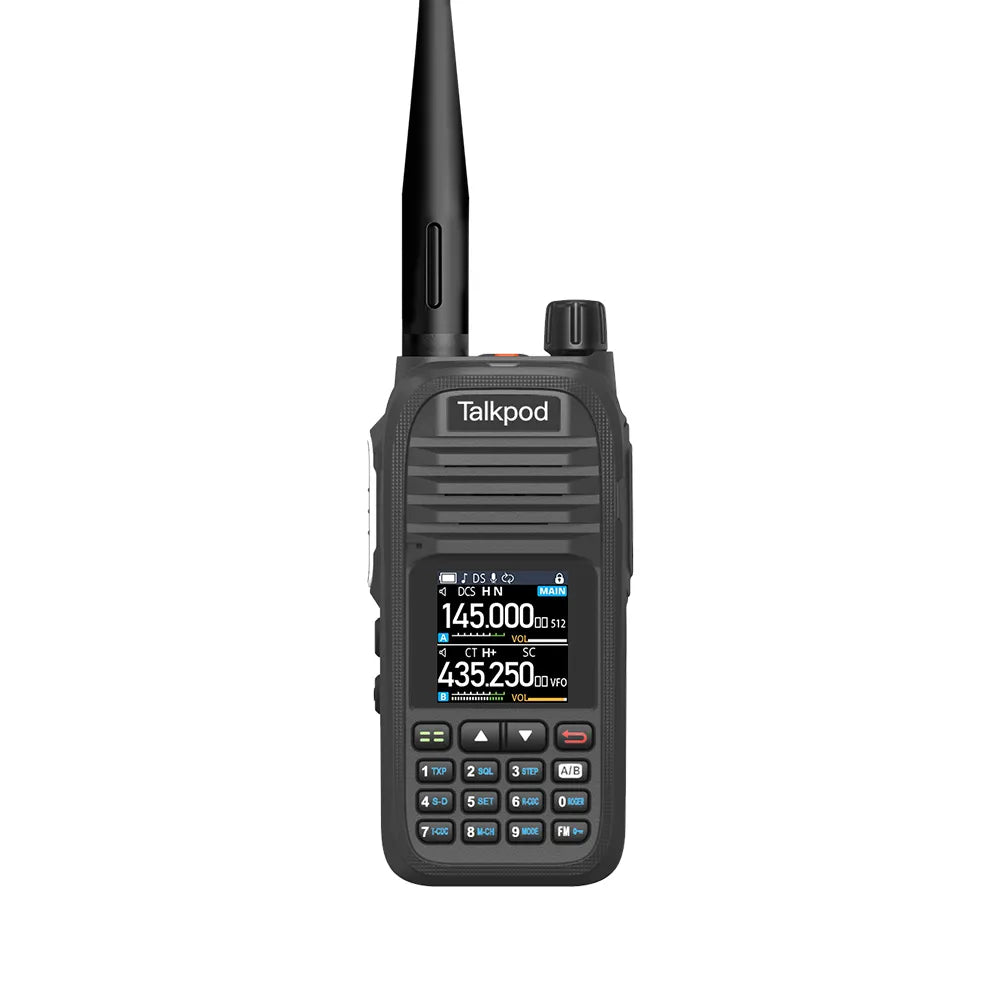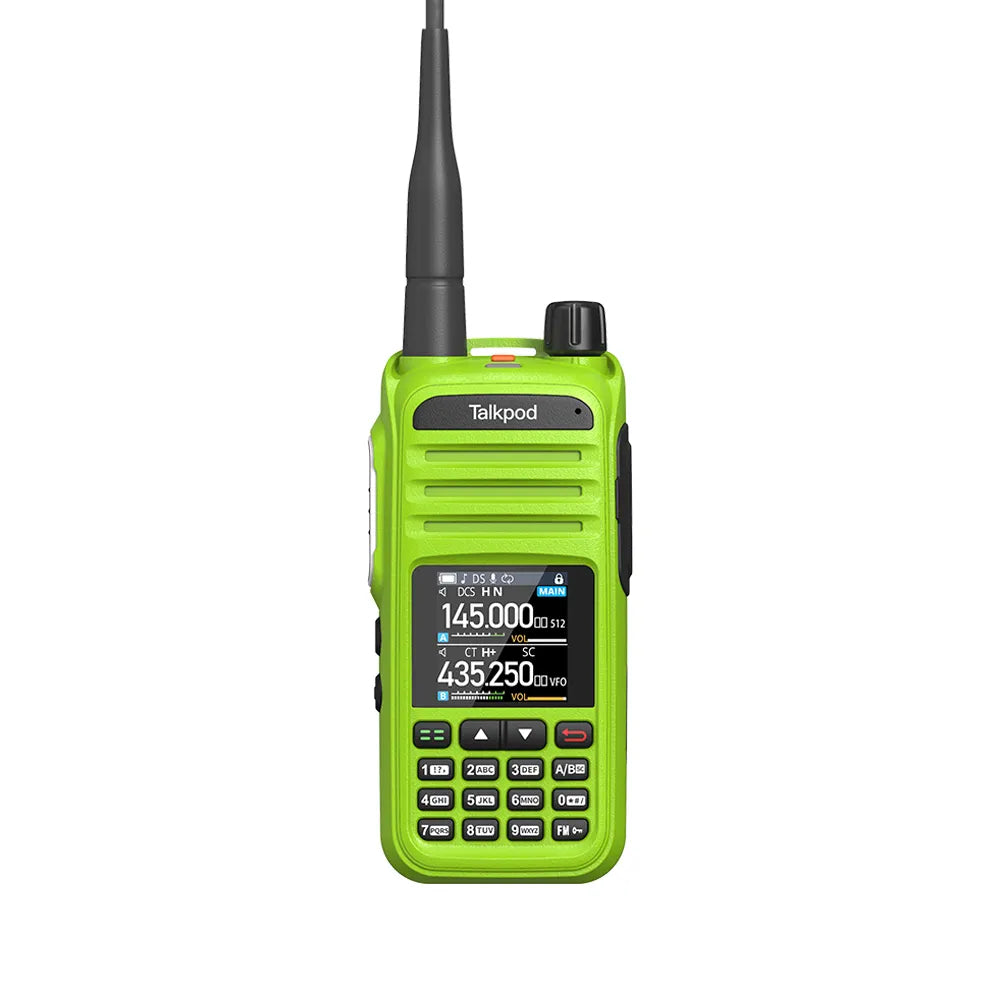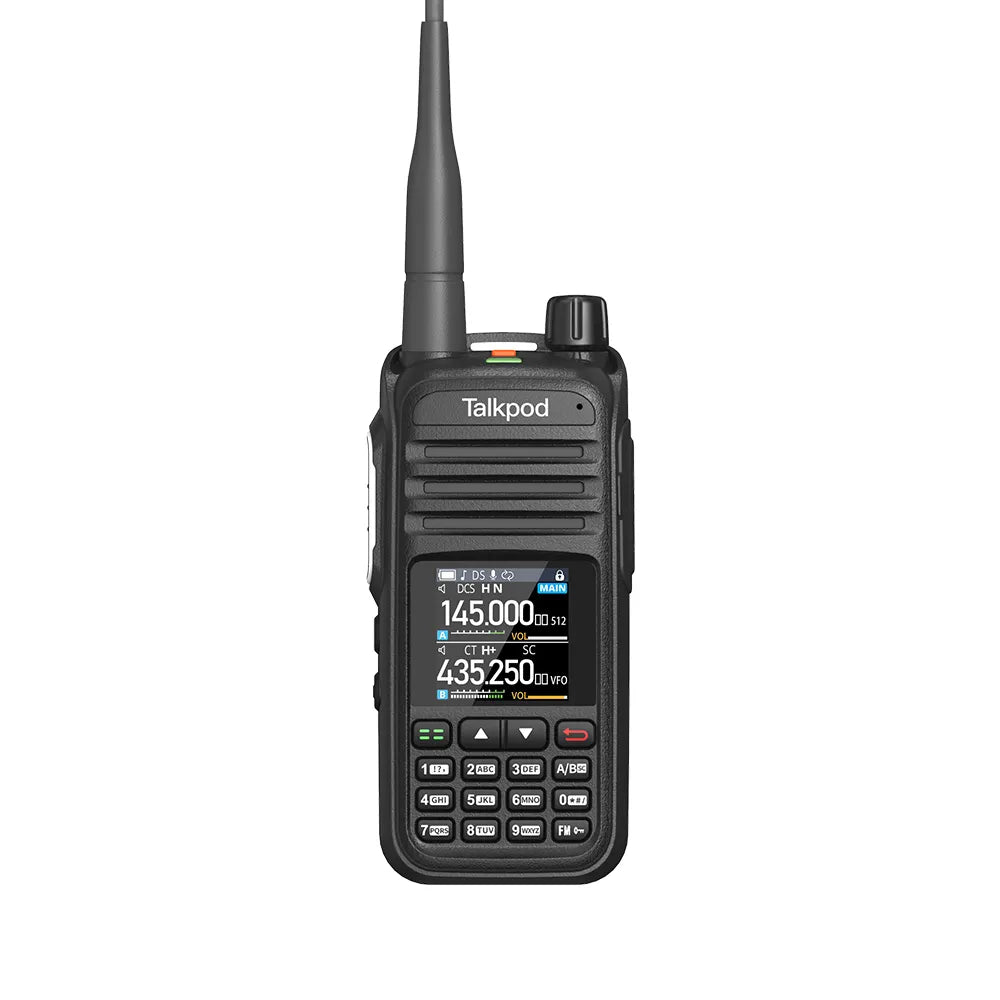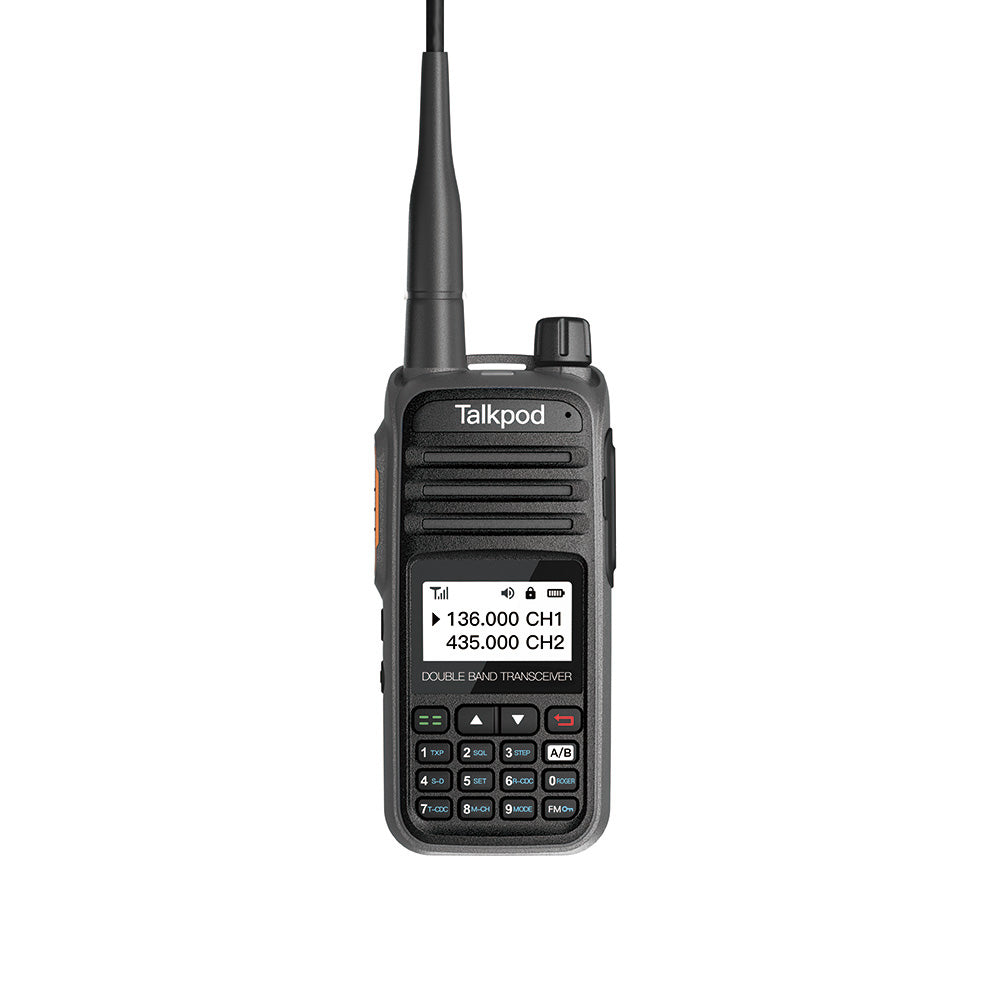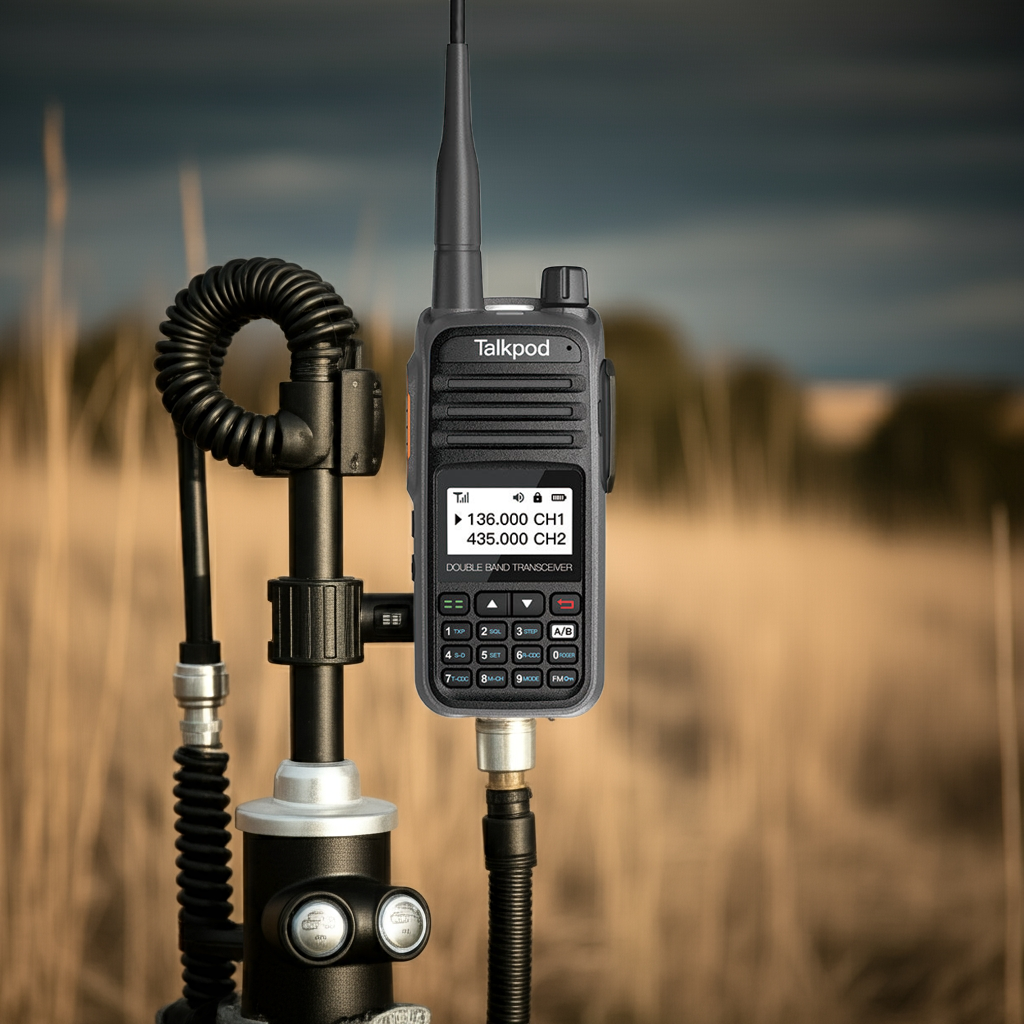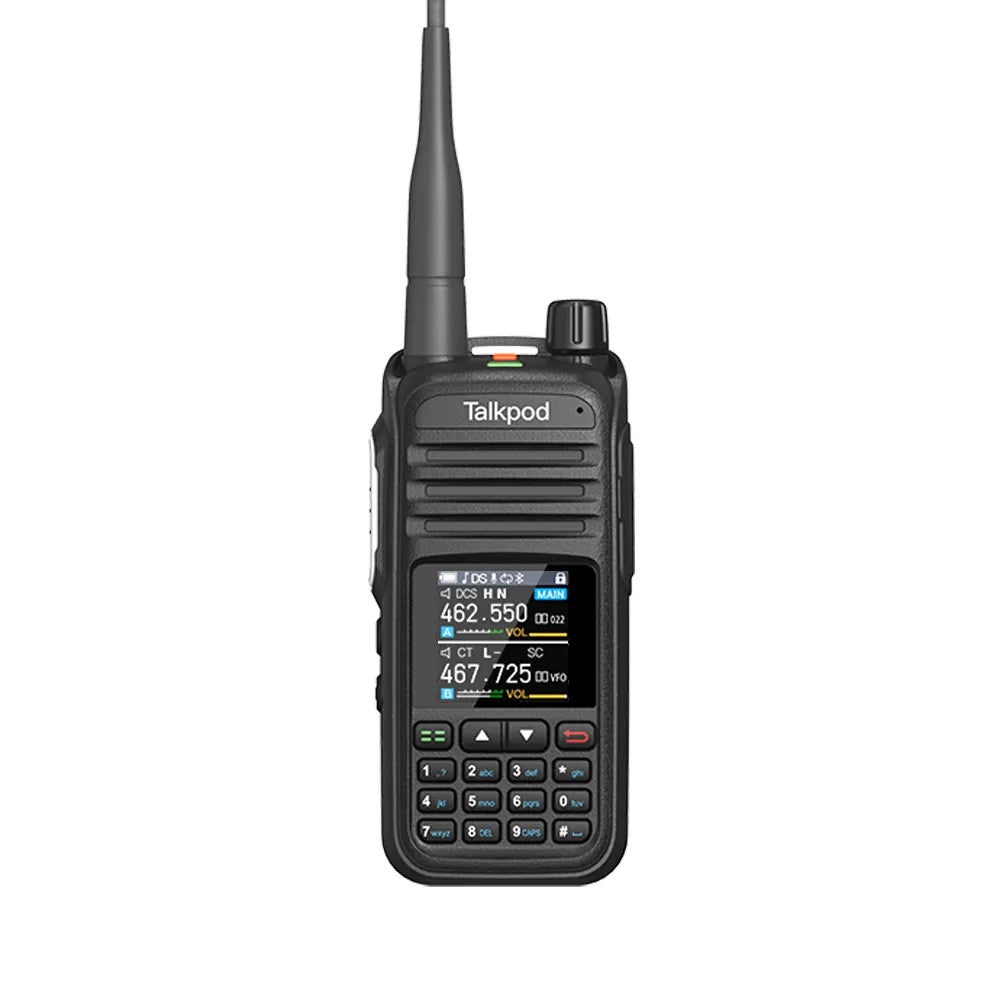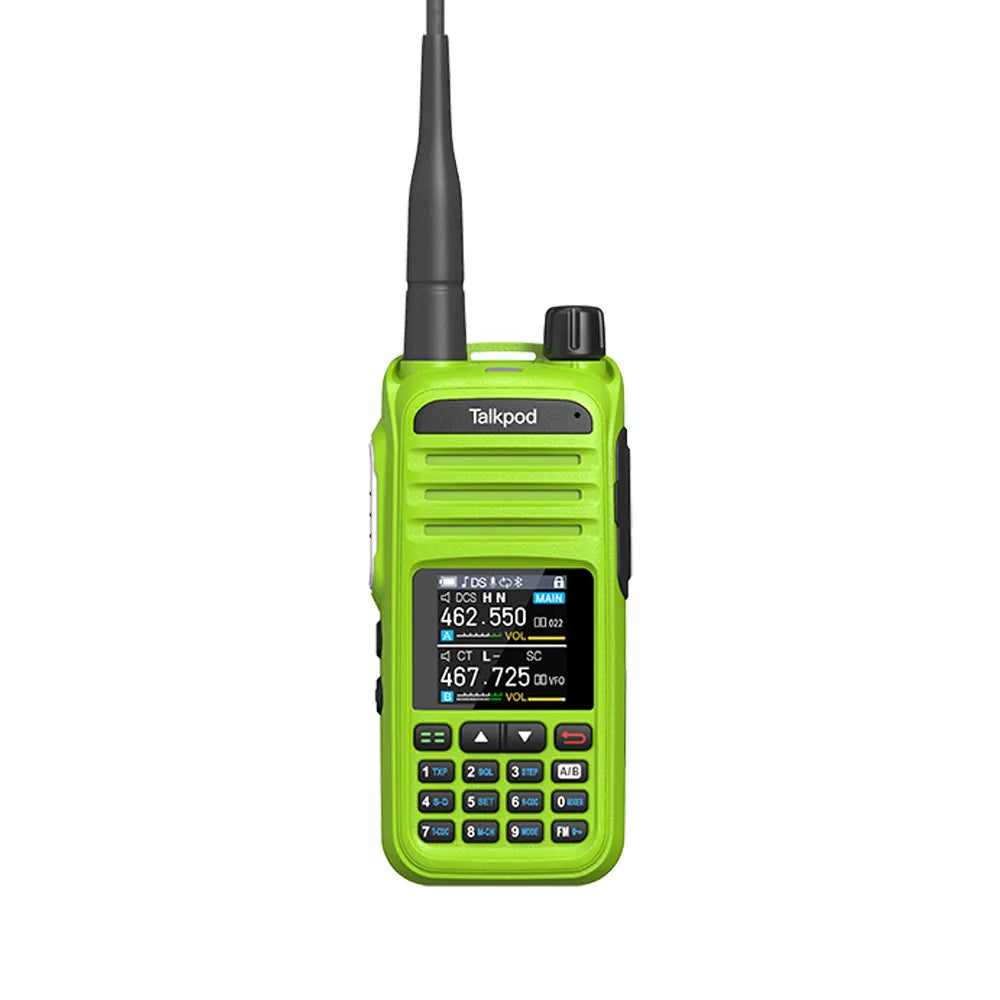What does UHF CB Stand for?
There are 80 Channels of free UHF CB Two Way Radio Channels that have been set aside for the general public to use. These frequencies are in the UHF Band between 476.4250 and 477.4125 MHz. Any frequencies outside of this band are for COMMERCIAL USE ONLY and all need to be licenced.
What Key Benefits UHF CB Radios Offer?
Licensed Citizen Band: UHF CB operates under a class license, meaning users don't need to obtain individual licenses. 1. UHF CB Facts - Radio Industries radioindustries.com.au
Dedicated Repeater Channels: A portion of the UHF CB spectrum is specifically allocated for repeater use, extending the communication range and enhancing coverage.
Multiple Channels: UHF CB offers a wide range of channels, allowing for both direct and repeater-based communication.
Short-Range Communication: Primarily designed for short-range communication, UHF CB is ideal for local area networks, outdoor activities, and emergency communications.
Affordable: UHF CB radios are generally more affordable compared to professional-grade radio equipment.
Which countries can use UHF CB radios without a license?
Countries Where UHF CB Radios Can Be Used Without a License
UHF CB radios are primarily used in Australia, New Zealand, Vanuatu, and Malaysia. These countries have specific regulations governing the use of UHF CB radios, but generally, they don't require individual licenses.
It's important to note that while these countries allow UHF CB use without individual licenses, there might be specific regulations regarding power output, channel usage, and other operating conditions.
Why do some radios need a licence to use them?
The radio spectrum is a limited resource. Just like the visible light spectrum, there's only so much space available for radio waves. To prevent interference and ensure efficient use of this valuable resource, governments regulate radio communications.
Licensing helps manage the radio spectrum by:
Allocating frequencies: Different services (like television, radio, cellular, and aviation) are assigned specific frequency bands.
Preventing interference: Licenses ensure that different radio users don't interfere with each other.
Public safety: Licensing can be used to regulate radio use for public safety purposes. For example, emergency services often have dedicated frequencies.
What are UHF CB Channels?
UHF CB operates on a specific set of channels within the UHF band, primarily around 477 MHz. Unlike traditional CB radios that operate in the VHF band, UHF CB offers a larger number of channels for communication.
UHF CB frequencies list
A standard UHF CB radio typically has 80 channels. These channels are divided into two groups:
Channels 1-30 and 41-70: These are primarily for direct communication between radios.
Channels 31-38 and 71-78: These are designated as input channels for repeater systems. 1. Citizen band radio stations class licence - ACMA www.acma.gov.au
Important note: The exact frequency for each UHF CB channel can vary slightly between different countries. However, the general frequency range for UHF CB is around 476.425 MHz to 477.4125 MHz.
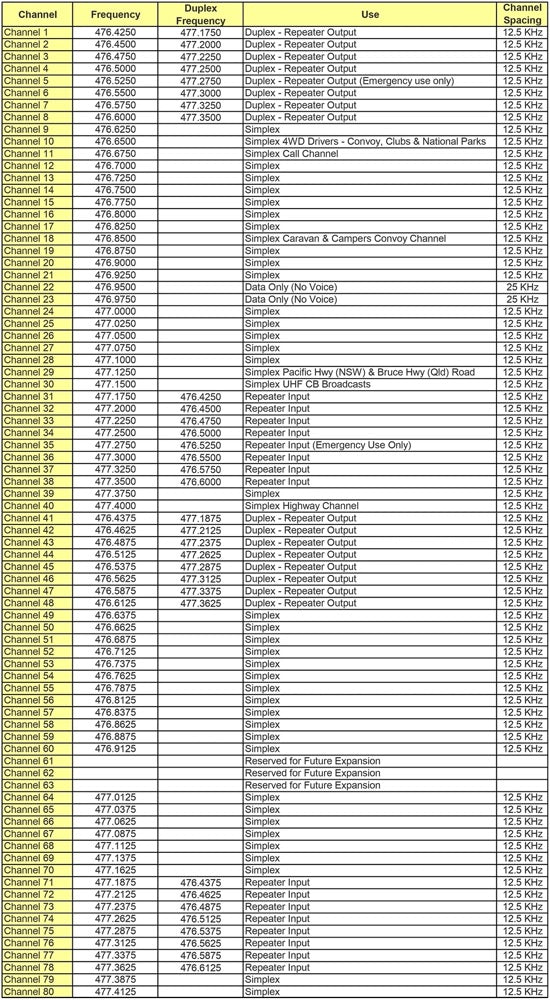
Talkpod UHF CB Series
Unlicensed UHF CB Two-Way Radios
UHF CB Wiki:
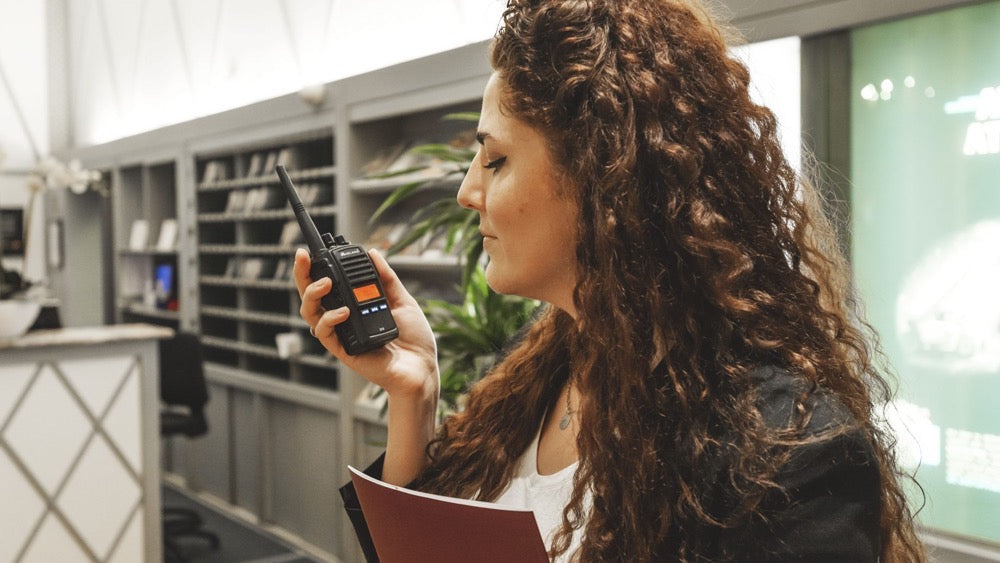
Maximizing Business Efficiency with PMR446: Essential Usage Tips
In the fast-paced business world, efficient communication is crucial for success. PMR446 radios offer a reliable and cost-effective solution for businesses of all sizes. In this article, we'll exp...
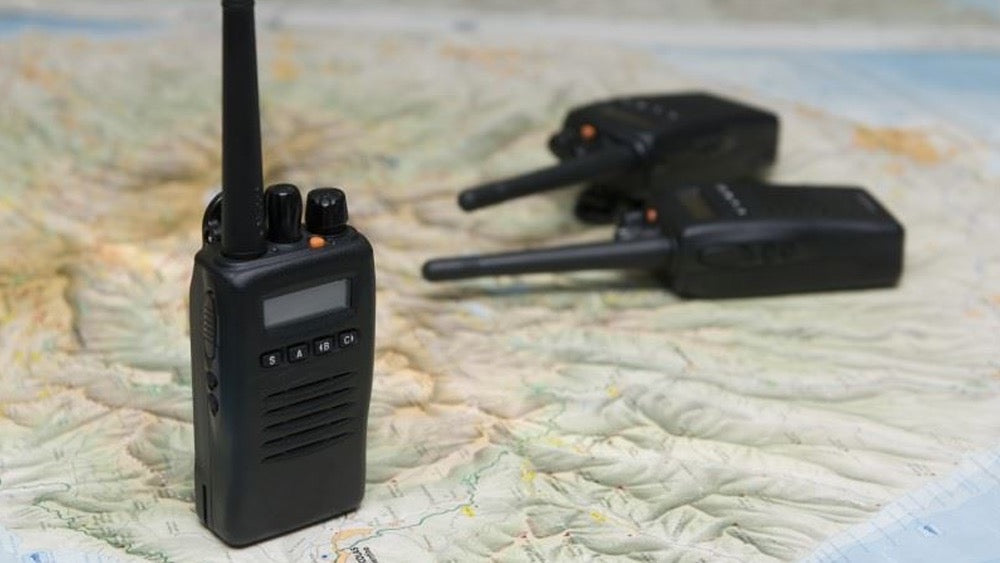
Tips for Getting the Most Out of Your PMR446 Radio
You've chosen the perfect PMR446 radio, and now it's time to make the most of it. Proper usage and maintenance can significantly enhance the performance and lifespan of your device. In this articl...

How to Choose the Perfect PMR446 Radio
Introduction: Selecting the right PMR446 radio can enhance your communication experience, whether you're using it for personal or business purposes. With various models available, it's essential t...
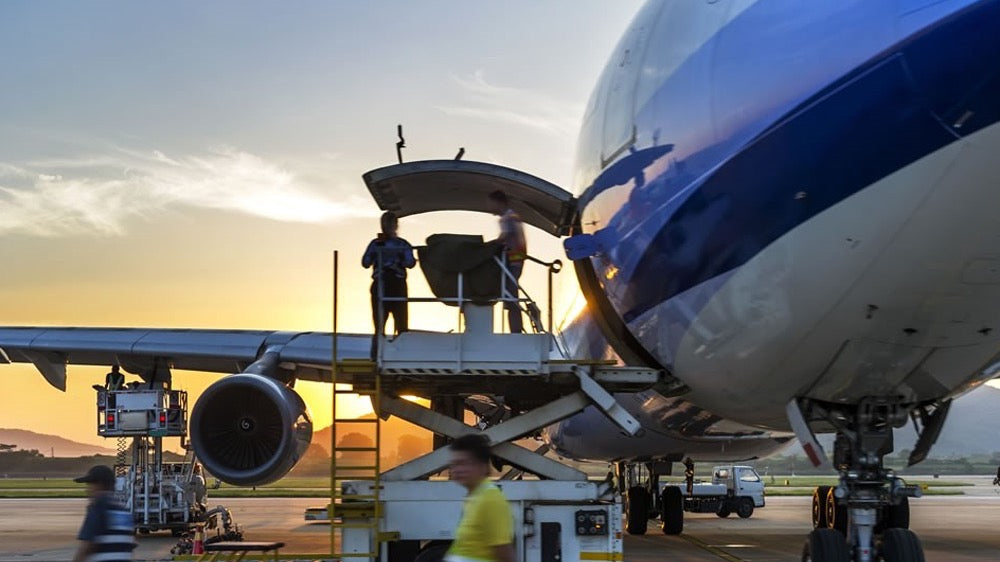
Professional Mobile Radio (PMR) stands as a cornerstone in the realm of digital two-way communications. Commonly used outside the United States, where the term Land Mobile Radio (LMR) prevails, PM...
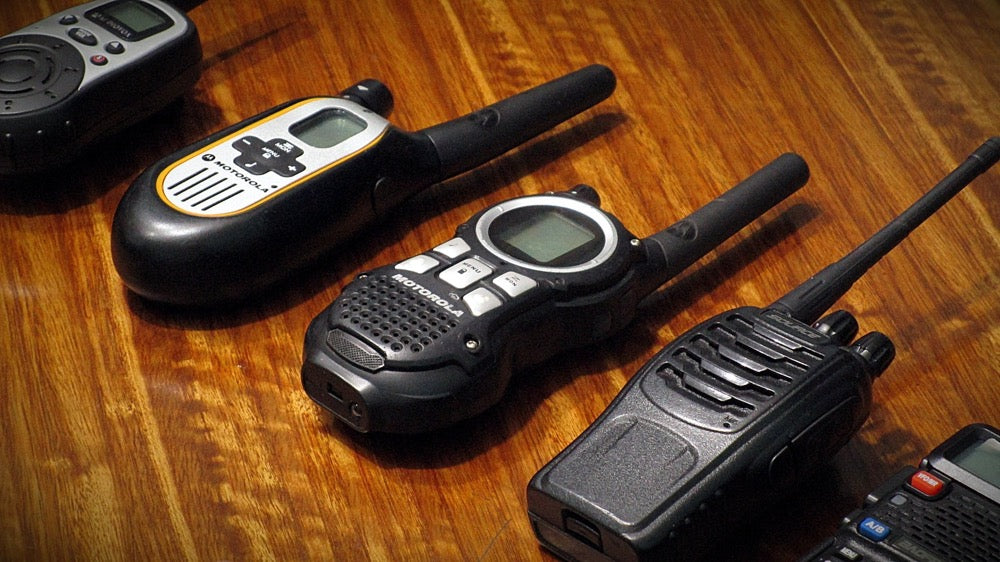
What are the advantages of PMR446 walkie talkies over licensed business radios?
PMR446 radios, also known as walkie-talkies, are designed by Talkpod for simplicity and ease of use. They serve as an excellent tool for short-range communications, especially in areas lacking mobi...
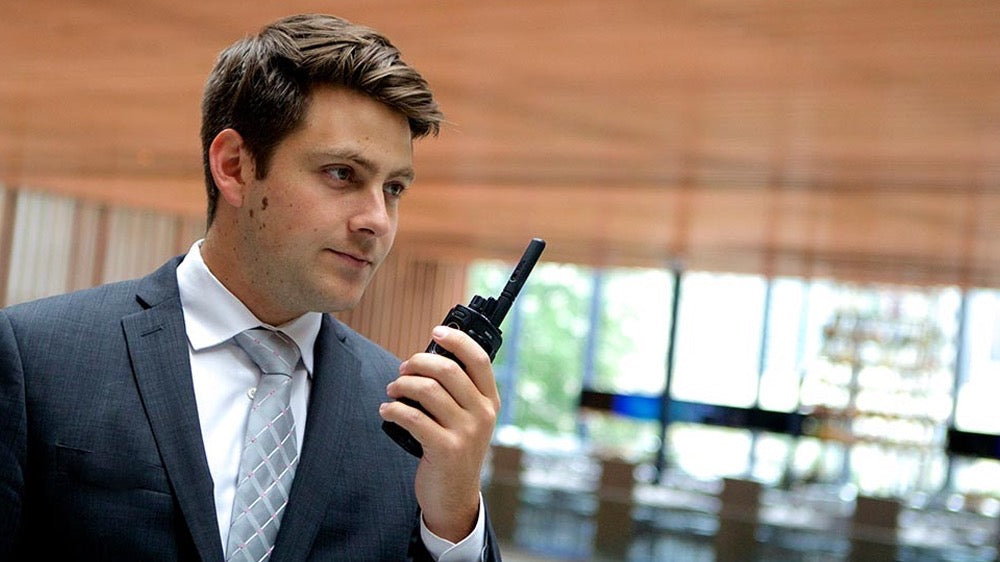
PMR446 is a licence free radio service used by two-way radio users in the UK and throughout Europe. The letters PMR stand for Private Mobile Radio and the number 446 relates to the frequency band 4...
Need to contact a partner?
Get help to solve a complex business challenge or pursue purchasing.


